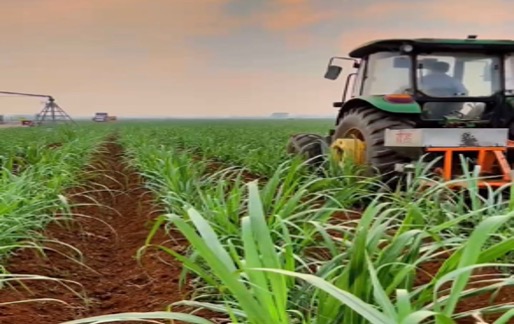Insight Focus
- In this series, we’re following farmers around the world.
- We’ll look at what they’re up to on the farm, hear their concerns, and celebrate their triumphs.
- This week, we’d like to introduce you to Xioqing Ke, a cane farmer based in Guangxi, China.

Crop Progress and Work on the Farm
At present, we have finished the soil ploughing of ratoons and replanting sugarcane. The cane is now entering the tillering and vegetation stage. The lower-than-normal temperatures, continuous rain, and lack of sunshine in January and February were bad for ratoon growth. But the warmer weather in March andgood rainfall in early May were conducive to the growth of sugarcane.


Concerns
Smut
Pests and diseases, such as smut. of sugarcane require attention at this stage. Smut is a fungal disease which can have many causes, including long-term continuous cropping, varietal genes, and weather anomalies. The infested soil and sick ratoon are usually the primary source of infection. The continuous warm and wet weather would have helped the development and spread of smut. We are surprised to find that even the excellent sugarcane variety Guiliu 05-136 had smut in the newly planted sugarcane.

Guiliu 05-136 is a sugarcane variety with excellent comprehensive characteristics and suitable for mechanized cultivation, which was selected and promoted during the 13th Five-Year Plan period (2016-2020). At present, In Guangxi Guiliu 05-136 has been planted on 202k hectares, for 26.9% of the cane acreage.

Innovation
In addition to sugarcane, we also planted about (6.7k hectares of trial watermelon plots this year to solve the problem of long-term continuous cropping we’ll plant sugarcane, which will be used as cane seeds for replanting next year, after harvesting watermelon in June.
In this watermelon field, we are weeding manually, which is more environmentally friendly.


Po fell ill and had to stay at the vet’s for over two weeks. Fortunately, he gradually recovered and can now visit the cane fields with me again.















